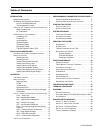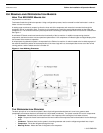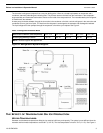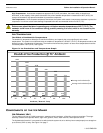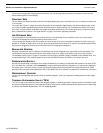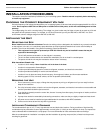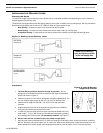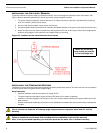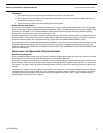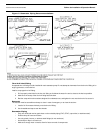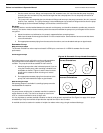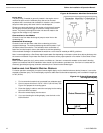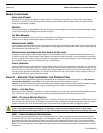
Eskimo Ice Installation & Operation Manual INTRODUCTION
L-3152 ENGLISH 3
The ice maker’s refrigerant compound has a very low boiling point. It flows in a closed loop between an evaporator and a
condenser, alternately absorbing and releasing heat. This process removes the heat from the fresh water in the evaporator/
auger assembly and causes the fresh water to freeze on the inside of the evaporator wall. The heat absorbed by the refrigerant
is transferred to the seawater.
A water pump circulates seawater through the inner tube in the condenser coil which cools the refrigerant in the outer tube and
condenses it from a gas into a liquid. The heat from the refrigerant is exchanged to the seawater and discharged overboard.
The liquid refrigerant is then pumped through the evaporator coil and the cycle repeats. See Figure 2.
Figure 2: Refrigeration System Diagram
THE EFFECT OF TEMPERATURE ON ICE PRODUCTION
WATER TEMPERATURES
Seawater and freshwater temperatures affect the ice machine’s efficiency and capacity. The system is most efficient when the
seawater and fresh water temperatures are 55-80°F (13-27°C). The ideal temperature for both is 70°F (21.1°C). See Figure 3.
Table 1: Refrigerant Pressure Data
Water-cooled condensers (water temperature) 60 F / 16 C 70 F / 21 C 80 F / 27 C 90 F / 32 C 100 F / 38 C
Pressure (psig) discharge / suction 193 / 30 220 / 32 237 / 33 290 / 36 308 / 38
NOTE: This data is typical but approximate.




